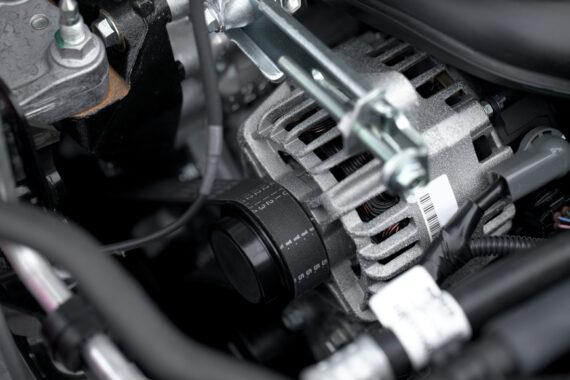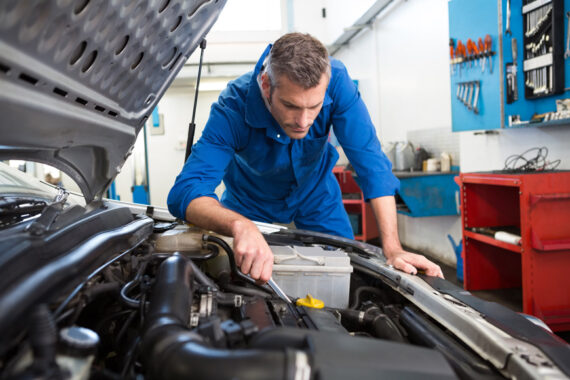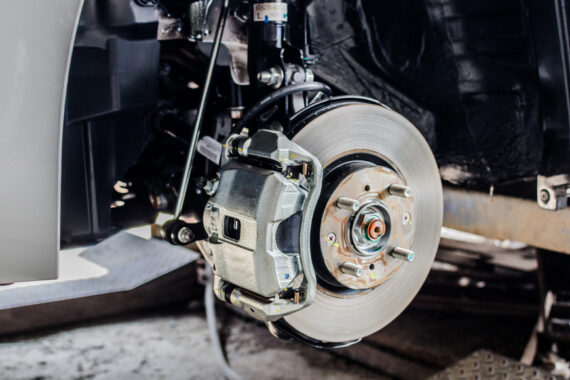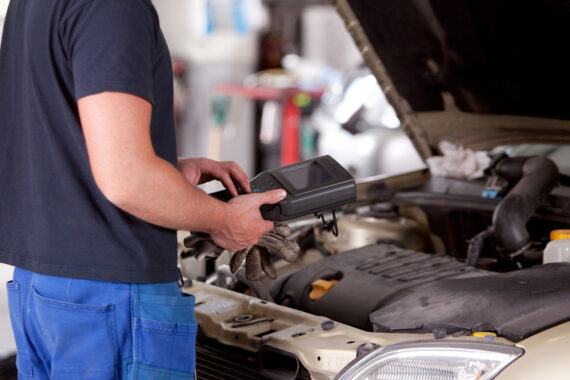Timing Belt
The timing belt is a rubber belt ( Sometimes a Chain ) that allows the crankshaft to turn the camshaft. The camshaft opens and closes the valves in synchronized movement with the engine’s pistons.
If your timing belt ( Chain ) breaks, your engine will stop working and typically will cause major engine damage. That’s why it’s important to have your timing belt regularly inspected. If the belt is loose or has slipped the valves could open at the wrong time and be struck by your engine’s pistons. Warning sounds include a slapping noise coming from your engine. This indicates a slipped belt.
At Sandi Auto & Truck Repair, during inspection we check for cracks and dry rotting on the rubber belt and check tension on timing chains. If anything seems out of ordinary we will can replace everything back to factory spec to ensure life long drive-ability with your vehicle.
Serpentine Belt
Serpentine belts, also known as drive belts, provide power to the air conditioning compressor, power steering pump, cooling fan, air injection pump, and more.
If your vehicle’s serpentine belt breaks, all of the engine parts it is powering will stop working and your engine could overheat and be damaged. Sandi Auto & Truck technicians look for cracks, wear, and stripping to determine if your serpentine belt is in danger of failing. We recommend having your serpentine belt inspected every time you have your oil changed. Warning sounds include a screeching noise coming from your engine, especially during start-ups on cold mornings or on sharp turns.
Hoses
Coolant hoses include the upper and lower radiator hoses plus heater hoses. Hoses provide a flexible connection for coolant flow between the engine, radiator, engine and heating block.
Tiny cracks can form from the inside that can eventually lead to a burst hose and overheated engine. Have your vehicle hoses and accompanying clamps inspected twice a year.




